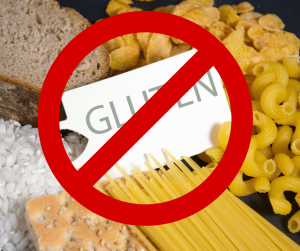
You’re Pooping Wrong—And Dr. Gina Sam Can Prove It
You’ve been pooping wrong your entire life—and it’s wrecking your gut. Dr. Gina Sam’s poop method reveals the shockingly simple, doctor-backed fix that makes straining obsolete and bathroom breaks blissful. Ready to unlock the natural way your body was built to eliminate? This isn’t a trend. It’s a revolution.







